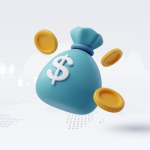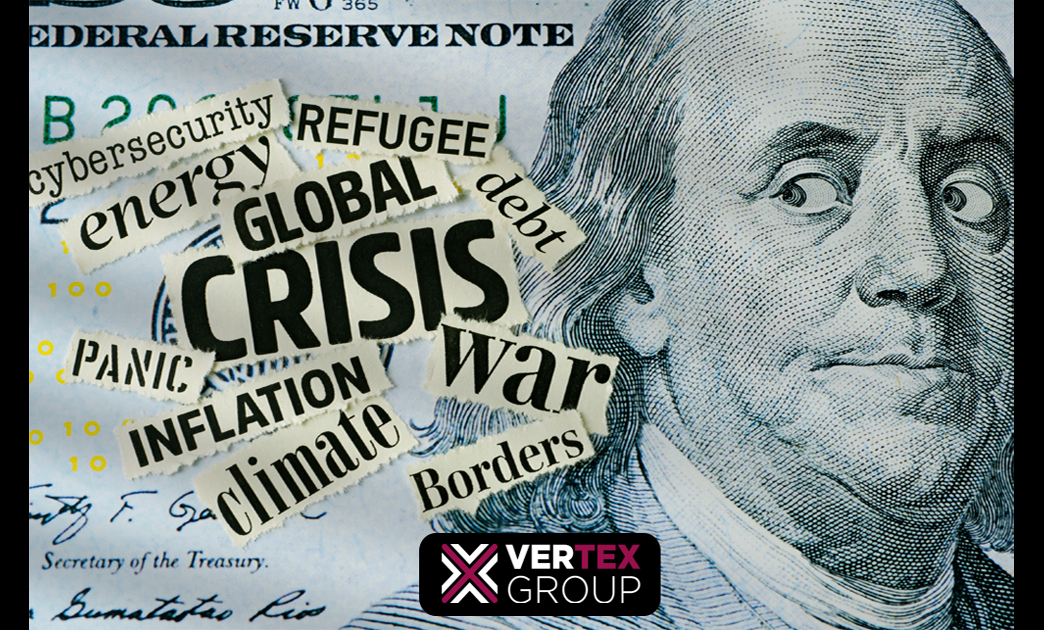Have you noticed that you are spending more money on purchasing supplies lately Or perhaps you have noticed that you are no longer able to afford some things that you could buy before The reason for the increase in prices that we are observing at the present time is the rise in inflation rates, so …
Everything you need to know about inflation

Have you noticed that you are spending more money on purchasing supplies lately
Or perhaps you have noticed that you are no longer able to afford some things that you could buy before
The reason for the increase in prices that we are observing at the present time is the rise in inflation rates, so what does inflation mean
The concept of inflation
It is a concept used to indicate an increase in the level of prices and services with a decrease in purchasing power linked to the currency exchange rate. It is not limited to a specific increase for a good or service, but rather it includes several economic sectors such as the retail sector, the hotel services sector, the transportation sector, the real estate sector, and others. Which are affected by rising prices of goods and services,
History of inflation
The use of the concept of inflation for the first time goes back to European economies, specifically in the modern history of Europe. It was used as a measure of consumer prices during the period of the Industrial Revolution. Inflation was a means of determining average prices distributed among food supplies. The term inflation spread significantly in the economic sectors of Spain, England, and Brussels, as it was an indicator. The exchange rate of currencies in these regions was equal to the purchasing power before showing a noticeable increase, which led to an imbalance between economic indicators and this matter was called inflation.
Is inflation always a negative thing
This depends on the circumstances. Rapid increases in prices lead to a problem, but moderate gains in prices can lead to increased wages and job growth. Inflation is not always a negative thing. Rather, a rise in inflation rates by small percentages is considered normal in the economy because it maintains rates. Prices are within their required limits and it stimulates demand and production. On the other hand, very high inflation rates negatively affect both consumers and producers. On the consumers’ side, consumers get fewer consumer products than they were before the rise. On the producers’ side, the effect occurs as a result of the rise in production inputs and goods associated with the production process. That is, an increase in production costs, in addition to the impact of financing operations due to high interest rates, which raises prices
How is inflation measured
Economists and policymakers closely monitor two key measures of inflation: the Consumer Price Index (CPI) and the Personal Consumption Expenditures Index.
The CPI is to track the rate of inflation and the cost of living in a country. It consists of a fixed basket of goods and services. The price of the basket is calculated as a weighted average of the retail prices of the constituent items. The index is issued on a monthly basis.
The PCE index tracks the actual cost of things. For example, it calculates the cost of health care procedures even when the government and insurance help pay for them. It is also issued monthly. This index tends to be less volatile and is the index that the US Federal Reserve looks at when it is trying to achieve 20% inflation. 2% on average over time
Types of inflation
Inflation is divided into a group of types, which affect different sectors of the economy, namely:
Authentic inflation: Inflation, which is also known as normal inflation. It is produced due to the increase in population, which leads to an increase in their consumption needs. Therefore, governments issue a large amount of currency, and this leads to an increase in the prices of consumer products in the market.
Demand inflation: It is the inflation that leads to an increase in prices due to excess demand for goods and services, which clearly appears by comparing the difference in prices between products manufactured locally and imported from other countries. This inflation may appear temporarily, or continue for a long period of time, and includes: Usually basic food commodities and tourist trips during the holiday season.
Creep inflation: is inflation that begins in a gradual manner. Production rates decrease, leading to less availability of goods and services. This results in a gradual increase in their prices. Due to the increased purchase of goods for the purpose of storing them, which leads to a halt in production growth.
Hyperinflation: is the inflation that occurs when moving from a current economic sector to a new economic sector, and it may sometimes occur as a result of wars. Therefore, it is considered one of the most difficult types of inflation, and the most negative for societies.
Suppressed inflation: It is the inflation that appears after the government is keen to increase the injection of money. Due to public expenses, which subsequently lead to an increase in the prices of services and products in the markets; Therefore, the government intervenes to set the upper limit on prices, which contributes to controlling the handling of buying and selling operations.
Imported inflation: It is the inflation that results from the effect of rising prices of goods that are imported, which subsequently leads to raising the prices of local goods.
Stagnant inflation: It is the inflation that occurs during a period of recession in demand, which leads to a decrease or cessation of production, which reflects negative results on a group of economic indicators, such as: an increase in the unemployment rate, and an increase in the rate of monopoly of goods.
What is hyperinflation
Excessive or hyperinflation indicates that conditions are out of control.
The term hyperinflation is used to refer to a high and accelerating rate of inflation that leads to a reduction in the real value of the local currency.
This happened in many countries such as Türkiye, Lebanon, Venezuela, Zimbabwe and Syria.
Things become more complicated when wages cannot keep up with the rising rate of inflation, which leads to a decline in purchasing power, making it difficult to maintain the same basic standards of living.
Is there a way to control inflation
There are many and different economic theories and schools for treating inflation. When any economic crisis occurs, there are several solutions according to the philosophy of those schools, which differ from each other.
Until now, and throughout global economic history, inflation has been dealt with in only two ways:
• Either increasing the money supply and reducing interest rates, and this is what the Keynesian school adopted. This succeeded during the Great Depression, and several other aspects helped in this treatment, including full employment, the establishment of a global economic system, the establishment of the World Bank and the International Monetary Fund, and the valuation of foreign currencies in dollars.
• The second method is what led to the philosophy of Paul Volcker, former Chairman of the Federal Reserve Board, to treat the inflation of the 1970s by undermining the money supply and increasing interest rates.









